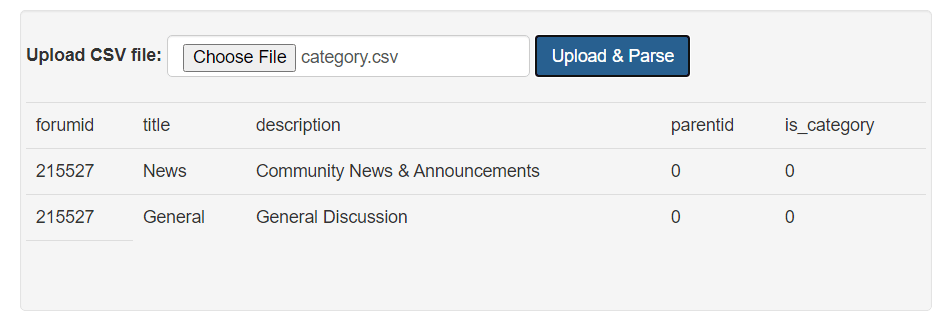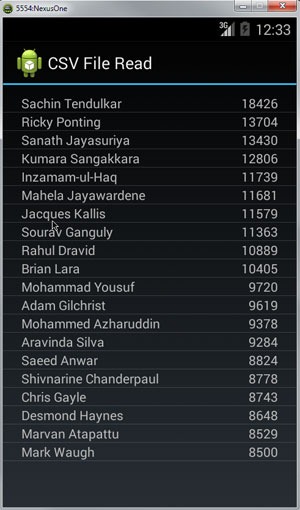

One difference in R is that we use <- as the assignment operator instead of = (though R will begrudgingly accept the equals sign). A variable refers to a simple piece of data (e.g., x = 2) or something more complex, like a data frame in R (x = BankData). Like any programming language, R is based on variables. Regardless, you load a package by calling the library function at the top of your script: You can load the individual components of the tidyverse, or the whole thing at once. To use the tidyverse packages in your R scripts, you have to load them into the current R environment. If all goes well, the many components of the tidyverse will be installed on your machine. You will see lots of messages in the console window.
RSTUDIO READ CSV INSTALL
Enter “tidyverse” into the search dialog and hit the install button. The tidyverse is a collection of packages, so you can save yourself a bit of effort by installing the whole tidyverse collection instead of installing each component package individually.
RSTUDIO READ CSV DOWNLOAD
To download and install a package, simply use the install tool in RStudio:
RSTUDIO READ CSV WINDOWS
You can create this file using windows notepad by copying and pasting this data. Let's consider the following data present in the file named input.csv.

The csv file is a text file in which the values in the columns are separated by a comma. This result depends on your OS and your current directory where you are working. When we execute the above code, it produces the following result −

# Get and print current working directory. You can also set a new working directory using setwd()function. You can check which directory the R workspace is pointing to using the getwd() function. Getting and Setting the Working Directory Of course we can also set our own directory and read files from there. The file should be present in current working directory so that R can read it. In this chapter we will learn to read data from a csv file and then write data into a csv file. R can read and write into various file formats like csv, excel, xml etc. We can also write data into files which will be stored and accessed by the operating system. In R, we can read data from files stored outside the R environment.


 0 kommentar(er)
0 kommentar(er)
